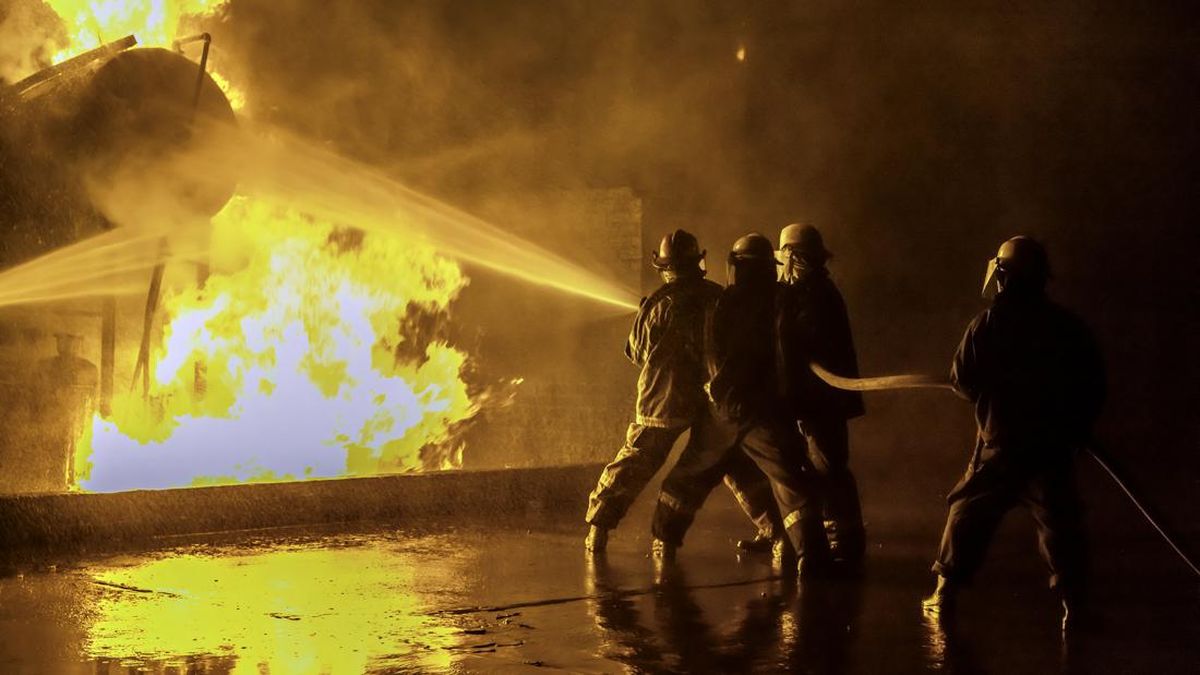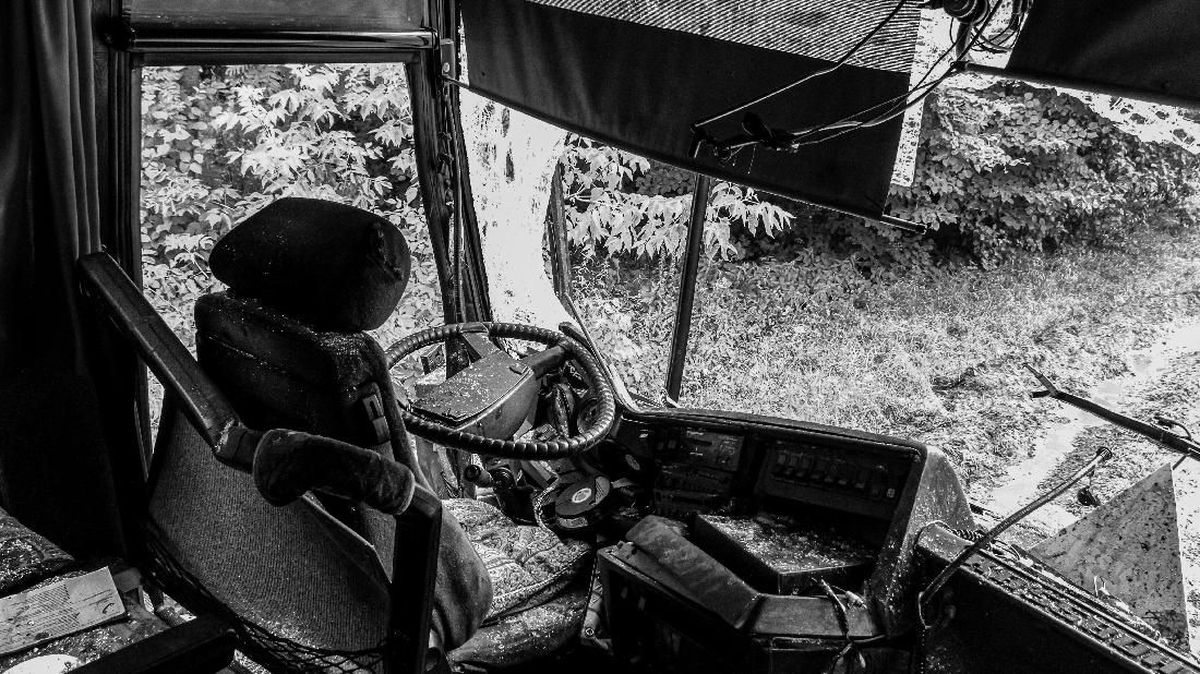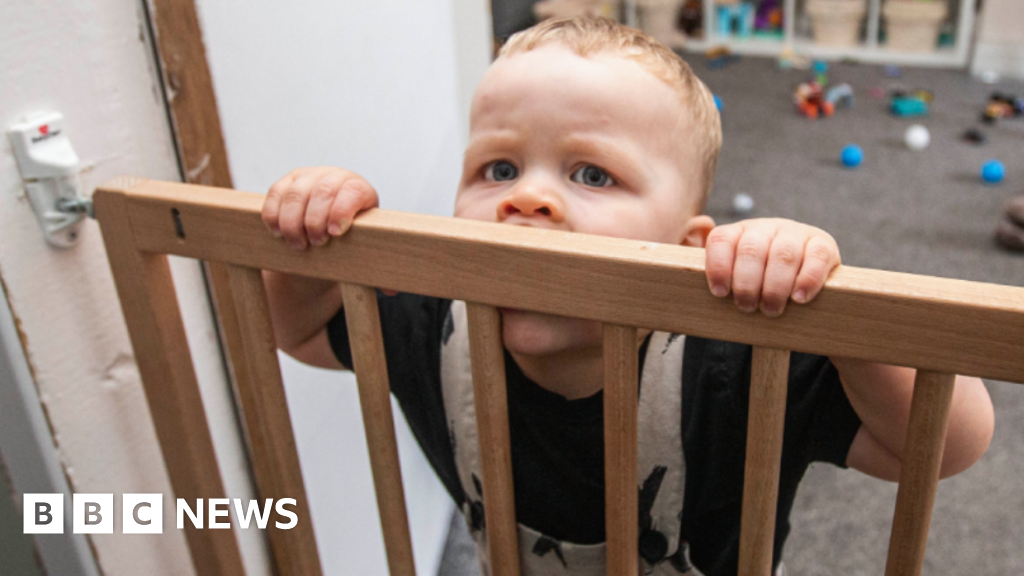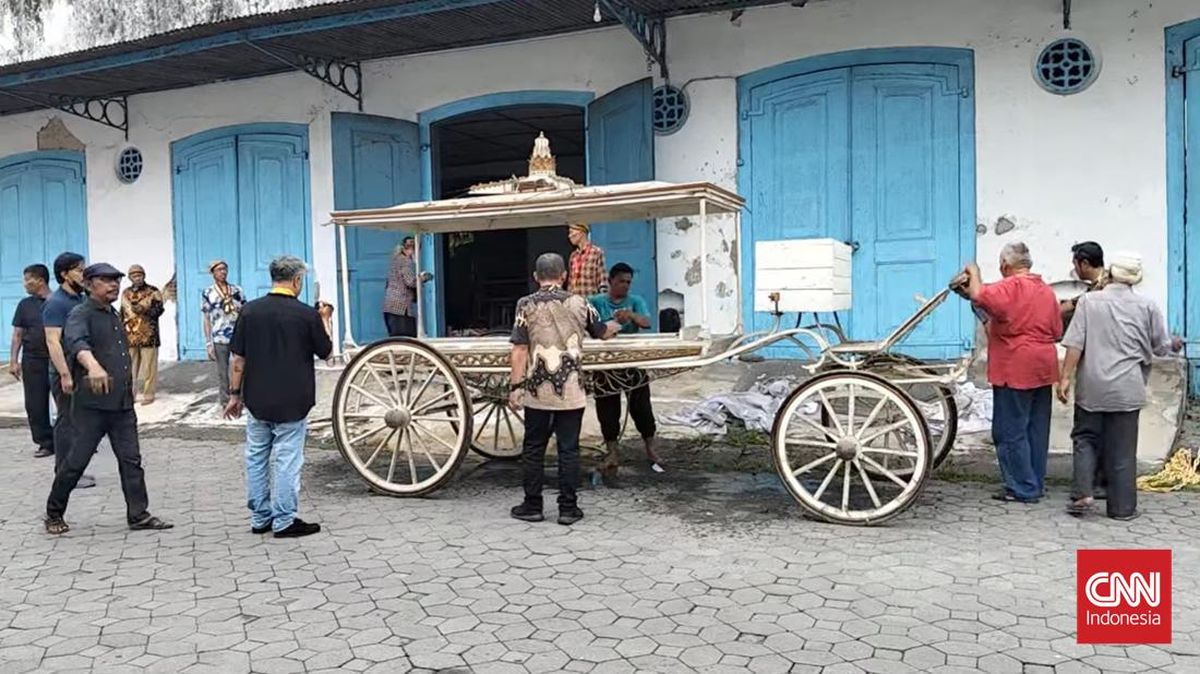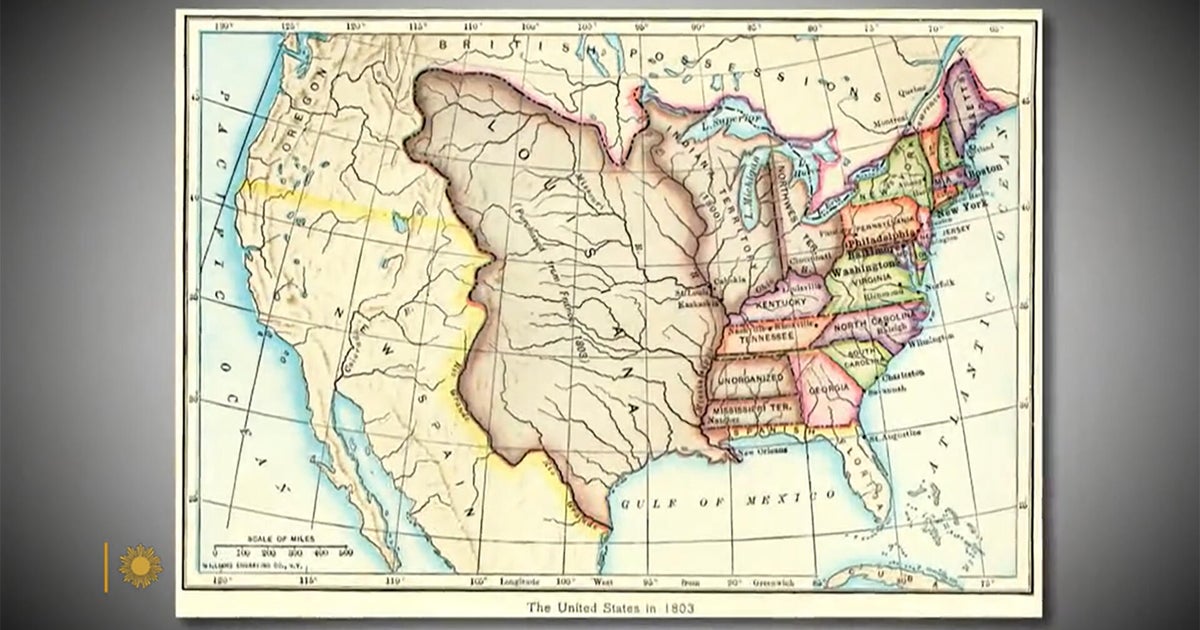As she slammed on the brakes, Sandy Scheltema felt the crash of a large tree slamming to the forest floor in front of her bumper bar.
Scheltema – a former photographer with The Age – was in Wombat State Forest to investigate reports timber workers had strung a dead owl up in a noose to taunt anti-logging protesters, when she was confronted by a group of men wielding running chainsaws.

Wombat State Forest will be protected for future generations if the bill passes the upper house.Credit: Sandy Scheltema
Wanting to evade further conflict, Scheltema walked back to her car. She had begun to drive away when a mature peppermint tree came crashing down in front of her car – felled, she said, by one of the loggers.
“If I hadn’t slammed on the brakes, it would have landed on top of us,” she recalls. “They were angry; they were so angry.”
After Scheltema filed a police report, police told her the logger should be charged. “And it was a serious charge – intent to endanger human life. But I said to police, ‘The whole situation in town is so heated, I just want it to calm down.’”
The encounter Scheltema describes, more than 20 years later, is an extreme example. But conflicts stemming from Victoria’s forest wars have not been uncommon. Other activists have told of being harassed in their local pubs and supermarkets, or of becoming so burnt out from the fight that they moved out of towns altogether.

Members of Wombat Forestcare and neighbouring Landcare groups protesting last December, after the government broke a promise to legislate the new parks by the end of 2024.Credit: Sandy Scheltema
Meanwhile, communities that traditionally relied on logging have done it tough as workers watched their livelihoods and timber supplies dwindle. The Victorian government – which formally ended commercial native logging in January 2024 – has since funnelled more than $97 million in grants and direct support to businesses and communities in the Gippsland region alone, to create 113 new jobs in the region.
After decades of tension that have pitted sections of communities in Victoria’s forested and logging regions against each other, greater protections for 65,000 hectares of forest in the state’s central west – and an end to the local forest wars – seem almost within reach.
If legislation before Victoria’s upper house passes as expected in a fortnight, the Wombat State Forest and Lerderderg State Park will become one combined national park spanning 44,860 hectares. Two other state forests will also be turned into national parks: the 5265-hectare Mount Buangor (Mount Cole) National Park, west of Ballarat, and the 15,150-hectare Pyrenees National Park, west of Avoca.
“Until we have a national park, the forest can always be logged in the future,” says Wombat Forestcare founding member Gayle Osborne.

Gayle Osborne lives on a bush block adjoining the Wombat State Forest.Credit: Justin McManus
“This is going to protect it for the future generations – for all its inhabitants.”
If the legislation passes, more than 650 square kilometres of the state’s central west would be protected from logging and mining. They would span damp forests, dry woodlands, creeks and craggy mountains, and will, says Victorian National Parks Association executive director Matt Ruchel, be the state’s first new national parks in more than a decade.
They could also be the last.
In September, when Environment Minister Steve Dimopoulos introduced legislation to formalise the new protected areas, the Allan government issued a statement confirming it would legislate no further national parks.

Victorian National Parks Association executive director Matt Ruchel in Wombat State Forest.Credit: Justin McManus
“After the establishment of the three new national parks, the government will prioritise maintaining existing national parks and public land for all Victorians to visit and enjoy and will not be creating any new national parks.”
The Coalition is similarly opposed to the introduction of new national parks.
In February, Melina Bath, the opposition spokesperson for public land management, tabled the petition with the largest number of signatures in Legislative Council history, which called for no new national parks to be established in Victoria.
“Our historic petition is a voice for Victorians who cherish our bush and immerse themselves in nature through the traditional outdoor activities of dispersed camping, hunting, four-wheel driving, hiking, horse riding, mountain biking, prospecting and fishing,” she said at the time.
After the legislation was introduced in Victorian parliament, Bath issued a further statement condemning what she described as a move to “lock out” long-term bush users such as gold prospectors.
Also vocal in their opposition to new national parks have been bush users’ groups, including four-wheel-drive enthusiasts, shooters, horse riders and others, backed by the industrial-left Electrical Trades Union (ETU).
It was at the ETU’s delegates’ conference in July that Dimopoulos confirmed the government would not proceed with a long-hoped-for new Great Forest National Park, which would have added 355,000 hectares to the network of national parks, and which former minister Lisa Neville said 10 years ago she hoped would be legislated in Labor’s first term of government.
It was the same conference where delegates, in photos seen by this masthead, posed for photographs with high-powered sniper rifles. Dimopoulos’ Great Forest National Park announcement was posted on social media by Field and Game Australia.

Victoria’s new Central West national parks.Credit: Victorian National Parks Association
Polling commissioned by the Victorian National Parks Association suggests that while the creation of new national parks may be controversial in some parts, the overwhelming majority of Victorians support protecting native forests.
A Redbridge poll of 1500 Victorians taken in September and October last year showed 84 per cent of respondents said national parks were important to them, and 80 per cent supported the creation of new national parks. Only 8 per cent opposed them.
Separately, a Sayers Group economic assessment commissioned by the parks association found that a “basic upgrade” of state forests into national parks and conservation areas, including upgrading walking trails and transitioning from timber extraction to tourism, paid off with a return of $4.80 at the societal level for every dollar spent.
“Every time there’s a new national park, there’s always a debate,” Ruchel says.

Matt Ruchel at a volcanic vent in Wombat State Forest.Credit: Justin McManus
“In the Grampians there was a fierce debate [when it was proclaimed a national park in 1984]. But I think most people around the Grampians, and communities there, wouldn’t have it any other way now. It’s such a draw card.”
When Dimopoulos unveiled his government’s three new national parks, two conservation parks, and seven new and expanded regional parks in the state’s central west in September, they came with a surprise.
Tied to the legislation would be new powers for recreational hunters to hunt feral deer by stalking in two existing national parks – Errinundra and Snowy River – and in the three new Central West national parks.
The government would thus seek to balance, Dimopoulos said, “to not only provide safe homes for our threatened species but also provide more opportunities for Victorians to recreate and connect with nature and their communities”.

A powerful owl chick, photographed more than 20 years ago in the Wombat State Forest, gave conservationists a powerful argument for protection.Credit: Sandy Scheltema
Seasonal recreational hunting would be allowed between May 1 and the start of the September school holidays in the three national parks, Dimopoulos said, but not in the existing Mount Buangor State Park, the existing Lerderderg State Park, in the Musk Creek Reference Area (in the new Wombat-Lerderderg National Park) and two existing nature conservation reserves included in the Pyrenees National Park.
Allowing hunting in the new Mount Buangor National Park would be a devastating development, said Outdoors Victoria chief executive Andrew Knight.
Sections of the proposed hunting area abut a school camp, and Knight said the proposed hunting area was not large enough for hunters to be sure they were a safe distance from roads, campgrounds and walking and mountain bike trails.
“It’s not going to be a good place for hunting because there’s 10,000-plus school children, teachers, Scouts, Girl Guides and independent recreators and families that are already in this proposed new national park,” he said.

Map of existing recreation vs proposed hunting activities at Mt Buangor and Mt Cole.Credit: Victorian National Parks Association.
Knight wrote to Dimopoulos and the Greens to urge them to amend the legislation to limit deer hunting to Mount Cole State Park. He warned that if deer shooting was allowed in the new Mount Buangor National Park, jobs – and potentially lives – could be lost.
“Numerous outdoor education and tourism businesses are located purposefully very close to the proposed National Park and facilitate 10,000 community members including thousands of school children … 40 per cent of these visits occur in the proposed deer stalking season,” he told this masthead.
“If any business had to take the hit of a 40 per cent of loss on their business, that’s not tenable. It’s quite devastating to all those local families.”
Veteran forests campaigner Sarah Rees says that, at its core, a national park is not simply a protected area. “It is a commitment to balance ecological preservation with human connection,” she says.

Environmental campaigner Sarah Rees.Credit: Liam Neal
“National parks are not about locking people out – they are about bringing people in, responsibly, to experience the richness of our natural world.
“They safeguard landscapes for future generations, while allowing communities to reconnect with nature in ways that are sustainable, accessible and enriching.”
By contrast, she says, the government linking deer hunting to the establishment of three new national parks, and allowing it in two other national parks, is devastating. Rees remains suspicious the government would next seek to open up the Yarra Ranges and water catchment areas to deer hunters, as feral deer rapidly reproduce and proliferate across the state.
“We’re no longer free to roam in national parks – it’s no longer safe,” she says. “Dare to dream we’d see John Howard types opposing guns in native forests and national parks.” (Howard’s gun buyback after the Port Arthur massacre led to 650,000 guns being handed in.)
A ‘recovering’ forest
The recognition of the need to protect Victoria’s wild places is not new.
In 1899, a progress report for a royal commission into Wombat Forest’s “resources, management and control” raised serious concerns about the condition of what commissioners described as a “ruined forest” being wrecked by loggers operating without co-ordination or controls.
“All the present indications point to the early exhaustion of Wombat as a milling and splitting forest, and the enormous waste of young timber for many years, due to the uncontrolled system of splitting throughout the reserve,” they wrote.
The commissioners described the “enormous destruction” of young timber, the wholesale clearing of mature trees – some of which were left on the forest floor with only small amounts of timber removed – and trees being ring barked along water courses.

Ben Gill, Trevor Speirs, Gayle Osborne, Sandy Scheltema and Matt Ruchel at an ancient volcanic vent buried deep in Wombat State Forest.Credit: Justin McManus
These days, says Victorian National Parks Association nature conservation campaigner Ben Gill, Wombat is a “recovering” forest, home to greater gliders, powerful owls, phascogales and endangered skinks. National park protections will offer additional protections against logging and mining as the forest recovers from more than a century of harsh interventions.
“It’s worth thinking about that context. It’s not just this immediate piece of history; it’s that big, broad piece of history,” Gill says.
“It actually shows how resilient nature and things like the greater gliders are,” adds Wombat Forestcare’s Gayle Osborne. “The whole forest was pretty well gone by 1900, and they somehow hung on.”
A government spokesperson said: “Recreational deer hunting already occurs in some national parks across Victoria with strict laws that ensure the safety of both hunters and other bush users.
“Deer hunting by stalking in parts of the new national parks and Errinundra and Snowy River national parks will be subject to strict conditions to ensure its safe for other park users, including clear rules on where hunting is permitted, the time of year when hunting will be permitted and more.”
Get to the heart of what’s happening with climate change and the environment. Sign up for our fortnightly Environment newsletter.
Most Viewed in Environment
Loading

